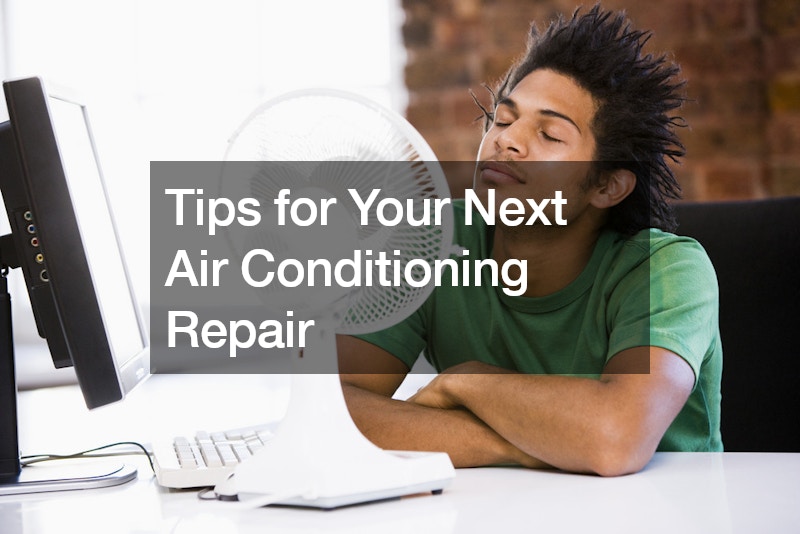When the summer heat intensifies, a malfunctioning air conditioning unit can quickly turn your home into an uncomfortable sauna. Before resorting to a professional technician, there are a few DIY troubleshooting steps you can take to get your air conditioning system back in top shape. Here’s a look at the most common reasons why your air conditioning might not be cooling your home effectively, along with solutions you can try yourself.
Thermostat Blues
The first culprit to investigate is your thermostat. It might seem simple, but incorrect settings are a surprisingly common reason for air conditioning woes.
Ensure your thermostat is set to “cool” mode and the desired temperature is lower than the current room temperature. Double-check that the thermostat itself hasn’t been accidentally switched off entirely.
Some thermostats offer an “auto” function that cycles between cooling and heating to maintain a specific temperature range. If you’re using this feature, you might occasionally experience periods of non-cool air circulation as part of the cycle. To maximize cooling, try switching the thermostat to “on” mode.
Vent Attention
Restricted airflow throughout your home can significantly reduce the effectiveness of your air conditioning. Check all vents in your house to ensure they’re open and free of furniture, rugs, or debris. A quick visual inspection and a light touch to feel for obstructions should be enough.
Clogged Air Filter
Imagine trying to breathe through a dirty cloth. That’s essentially what happens to your air conditioning system when the air filter gets clogged. A dirty filter restricts airflow, hindering the system’s ability to circulate cool air. Check your air filter and replace it if it appears clogged with dust and debris. Most air conditioner manufacturers recommend replacing air filters every one to three months, depending on usage and the presence of pets in the home.
Outdoor Unit Blues
The outdoor unit of your air conditioning system plays a crucial role in heat exchange. It’s located outside your home and typically has a fan that pulls in air and a condenser coil that releases heat. If the outdoor unit is malfunctioning, it can significantly impact your air conditioning’s ability to cool your home.
Start by checking the outdoor unit for any visible obstructions like leaves, twigs, or debris. These can block airflow and prevent the unit from functioning correctly. Clear any debris you find around the unit, ensuring proper air circulation.
Listen Up: Unusual Noises
While some noise is expected from your air conditioning system, unusual sounds like grinding, screeching, or a weak fan motor could indicate a problem. If you hear concerning noises, it’s best to turn off the system and consult a professional for further diagnosis and repair.
When to Call a Professional
If you’ve tried all the DIY troubleshooting steps mentioned above and your air conditioning system is still not cooling your home effectively, it’s time to call a professional technician. They can diagnose the problem and perform any necessary repairs to get your air conditioning system back up and running.
Maintaining Your Air Conditioning System
Regular maintenance is key to preventing air conditioning problems and ensuring optimal performance. Here are some tips:
- Schedule annual checkups with a qualified HVAC technician.
- Replace air filters regularly as recommended by your air conditioning system’s manufacturer.
- Keep the outdoor unit free of debris throughout the year.
- Trim any shrubs or plants that might be blocking airflow around the outdoor unit.
By following these simple troubleshooting tips and maintaining your air conditioning system properly, you can keep your home cool and comfortable throughout the hot summer months. Remember, addressing minor issues early on can help prevent more expensive repairs down the road.
.




